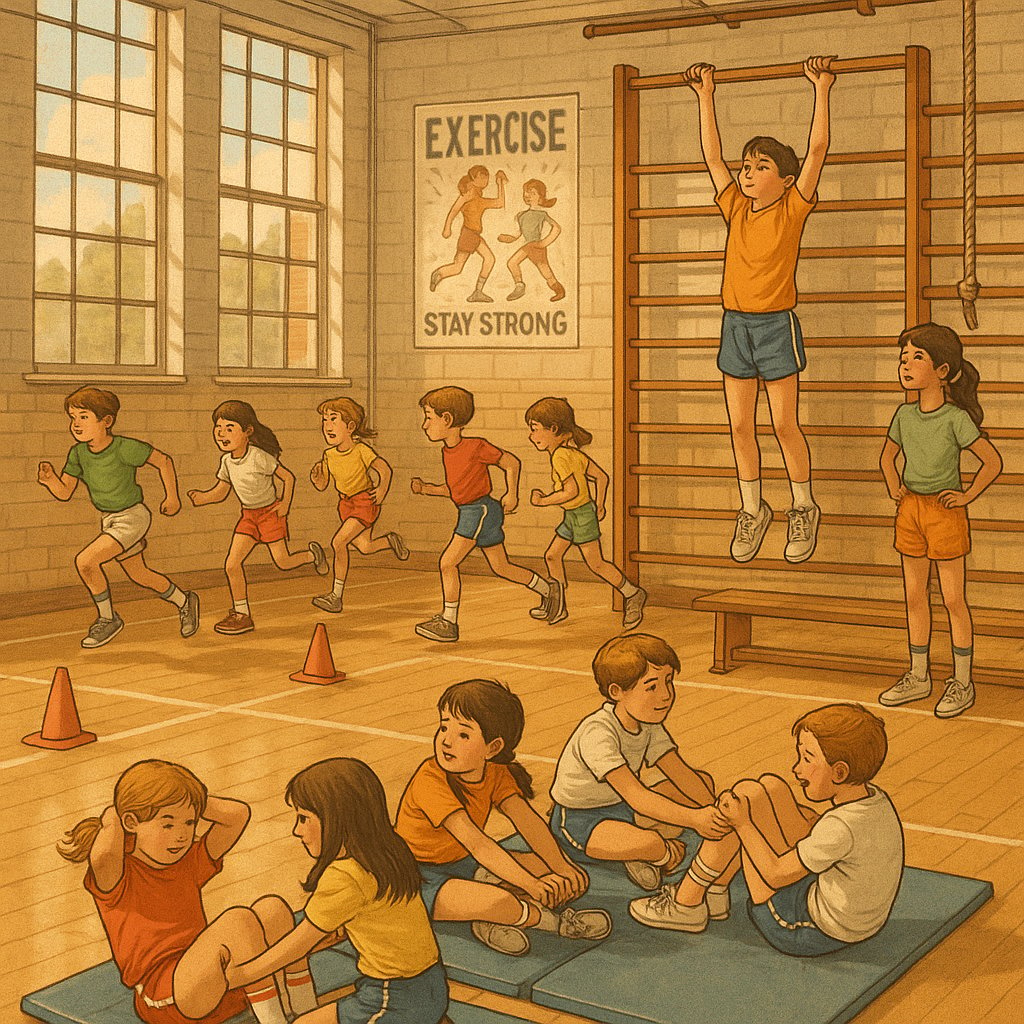The Presidential Physical Fitness Award was discontinued after the 2012–2013 school year and replaced by the Presidential Youth Fitness Program (PYFP). This major change shifted the focus from competitive, percentile-based testing to personalized, health-focused assessments for students in the United States.
Understanding this transition is important for parents, educators, and students, as it reflects a national move toward encouraging lifelong healthy habits instead of rewarding only the most athletic students. The key reasons for the change included inclusivity, student well-being, and alignment with current health standards. Today, U.S. schools use updated assessments that prioritize health and individual progress.

For official updates, visit the Presidential Youth Fitness Program site.
The History and Purpose of the Presidential Physical Fitness Award
What Was the Award?
The Presidential Physical Fitness Award was established in 1966 as part of a nationwide effort to promote physical activity and fitness among American youth. Students who scored in the top 15% on a series of standardized fitness tests—such as sit-ups, pull-ups, shuttle runs, and the mile run—received a certificate and a patch from the President’s Council on Physical Fitness and Sports.
Why Was It Created?
- The award was intended to encourage children to be active and highlight the importance of physical fitness.
- It arose out of concerns during the 1950s and 1960s that American children were less fit than their European counterparts, a fact highlighted during the Eisenhower administration.
Why Was the Presidential Physical Fitness Award Discontinued?
Growing Criticism and Concerns
- Lack of Inclusivity: Only the most athletic children received awards, leaving many students feeling discouraged.
- Public Embarrassment: Students often had to perform physical tasks in front of peers, sometimes resulting in humiliation or anxiety.
- Emphasis on Performance Over Health: The program focused on outperforming peers rather than promoting overall well-being and fitness habits.
A 2013 article in Vox detailed these concerns, noting that many educators and parents felt the test did more harm than good, especially for children who struggled with physical activity.
Policy Changes and the Shift to Health-Based Assessment
In response to these concerns, the U.S. government decided to phase out the traditional test. The Presidential Youth Fitness Program (PYFP) was introduced in 2012 and rolled out nationwide in 2013. This program uses the FITNESSGRAM® assessment tool, which focuses on individual health benchmarks rather than percentile rankings.
For more on the new program and its goals, see the official Presidential Youth Fitness Program FAQ.
What Replaced the Presidential Physical Fitness Award?
The Presidential Youth Fitness Program (PYFP)
Key Features of PYFP:
- Criterion-Referenced: Students are measured against healthy fitness standards—not against each other.
- Confidential Results: Fitness scores are kept private, shared only between the student, teacher, and parent.
- Focus on Health: Emphasizes cardiovascular health, strength, flexibility, and endurance, encouraging lifelong habits.
- Teacher Training: PYFP provides professional development resources for PE teachers.
For schools looking to adopt PYFP, detailed information and resources are available at health.gov.
End of Other Awards
In addition to the main fitness award, related honors such as the Presidential Champions Award and the President’s Challenge were discontinued by June 2018 as part of a broader update to federal fitness initiatives.
How Does the New Fitness Program Work?
- Assessment: FITNESSGRAM evaluates aerobic capacity, body composition, muscular strength, endurance, and flexibility.
- Feedback: Students receive actionable feedback on areas for improvement.
- Recognition: Schools may still recognize achievement, but the focus is on individual progress.
Comparison Table
| Previous Award | Current Program (PYFP) |
|---|---|
| Top 15% of students recognized | All students assessed |
| Competitive, percentile-based | Health-based, individualized |
| Public recognition | Private feedback |
| Performance-oriented | Wellness and improvement focus |
Frequently Asked Questions (FAQ)
Do schools still give out Presidential fitness awards?
No, the original Presidential Physical Fitness Award ended after 2013. Some schools may offer certificates of participation under PYFP, but the competitive award is gone.
Are there still physical fitness requirements in U.S. schools?
Yes. Most schools still require physical education and use the FITNESSGRAM® or similar health-focused assessments.
Why was the change necessary?
The change encourages lifelong fitness, reduces stigma, and better supports student mental and physical health.
Conclusion
The retirement of the Presidential Physical Fitness Award marked a significant, positive shift in school fitness programs nationwide. Today’s Presidential Youth Fitness Program encourages all children—not just the most athletic—to pursue healthy, active lifestyles. This inclusive approach helps foster lifelong habits and reduces the pressure and embarrassment once associated with school fitness tests.
Ready to learn more or help your school adopt PYFP? Visit the official PYFP resource center for guides, training, and updates.
